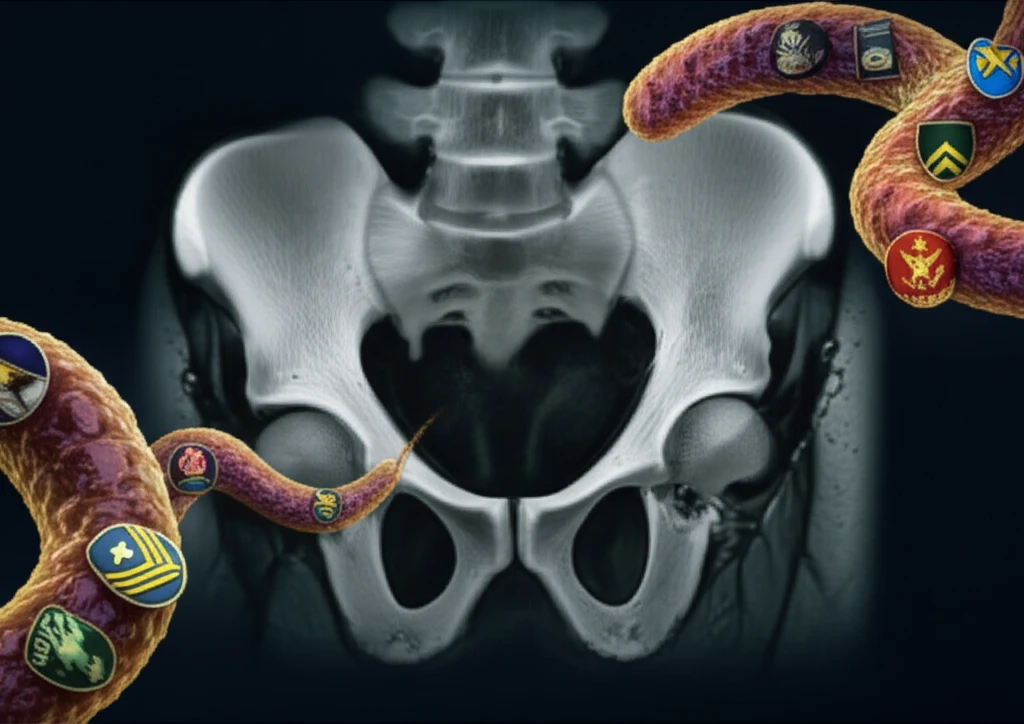
Uncommon Infection, Unexpected Recovery: A Soldier's Story of Septic Sacroiliitis
"Discover how a rare bacterial infection was swiftly identified and treated in a young, active soldier, highlighting crucial diagnostic lessons for military healthcare."
In the realm of infectious diseases, septic sacroiliitis stands out as an infrequent and often overlooked condition, particularly among individuals with robust immune systems. This infection, which targets the sacroiliac joint, is typically attributed to gram-positive bacteria, making instances involving gram-negative organisms notably rare. Adding another layer of complexity, Pseudomonas species account for a mere fraction—approximately 5%—of these already scarce cases.
This article presents a unique case: a healthy soldier diagnosed with septic sacroiliitis caused by Pseudomonas fluorescens. This marks the first documented occurrence of this specific bacterial culprit in the context of sacroiliitis. The soldier's journey underscores the diagnostic and management challenges inherent in such atypical infections, emphasizing the importance of heightened awareness and advanced diagnostic techniques.
Septic sacroiliitis often goes unrecognized due to its low incidence and nonspecific presentation. A greater understanding of septic sacroiliitis as a potential cause in troops presenting with fever, low back pain, and weight-bearing difficulties is essential. Given the military population's susceptibility to this commonly unrecognized infection, delayed diagnosis can negatively impact a soldier's military preparedness.
What are the Initial Symptoms and Diagnostic Journey?

A 26-year-old white male soldier sought medical attention for severe left lower-back pain and significantly impaired mobility. His medical history included chronic, moderate, bilateral low-back pain following a fall during combat training a year prior, with evidence of degenerative lumbar disk disease on MRI ten months earlier. Initially, the symptoms were attributed to musculoskeletal issues, common among active individuals. However, as the pain intensified and became debilitating, it became clear that something more serious was at play.
- Persistent Pain: Unresolved pain despite conventional treatments.
- Mobility Issues: Reliance on assistive devices like walkers.
- Associated Symptoms: Presence of abdominal pain and gastrointestinal disturbances.
A Swift Response and a Word of Vigilance
This unique case underscores the potential for rapid recovery with targeted oral antimicrobial therapy. It also highlights the importance of enhanced microbiological diagnostic techniques to account for less common pathogens. Raising awareness about septic sacroiliitis as a potential diagnosis for troops presenting with specific symptoms can minimize delays in treatment. This approach is especially important given the young age and trauma exposure typical of military populations, where a delayed diagnosis can significantly impact a soldier's readiness and overall health.
